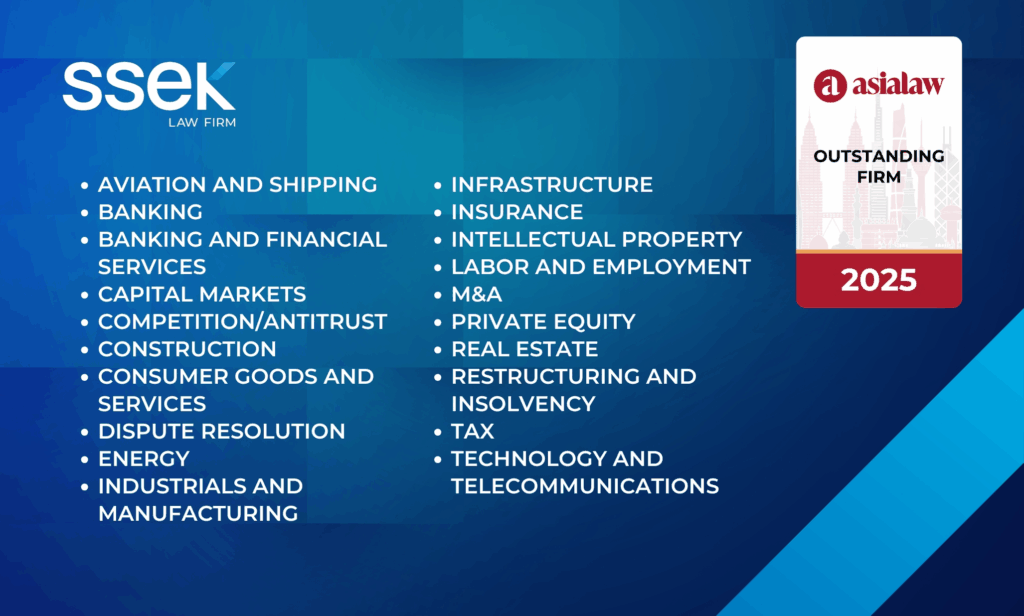24 September, 2018
On 11 May 2018, the Ministry of Land Management, Urban Planning, and Construction (“MLMUPC”) issued Prakas (Ministerial Proclamation) No. 087 on Land Development (“Prakas”).
Goals and Purposes. There are a number of goals and purposes with the issuance of this Prakas. This includes safeguarding and managing the quality of land development within Cambodia by determining the technical requirements, as well as improving the green development in addressing the issues of climate changes and disaster prevention, among many other things. This Prakas is applicable to all types of land developments, including both private land and state land, except in the event that there are regulations stipulating otherwise.
Definition. The Prakas defines land development as “the change of the type of land use,the change of the function of the land use zone, the integration and the unification of land parcels, the re-zoning of land, and/or the densification of land use for the purposes of the construction of residential, commercial, service, or industrial buildings, by guaranteeing the organisation of public infrastructures, public spaces, and public services.”
In addition, the Prakas primarily defines what activities are considered as land development, who is considered as a developer, and who the competent authorities are in issuing a decision on this matter.
Licence. Any land development is required to obtain a licence in advance from the competent authority, including any development on land in remote areas, areas which are far away from national roads or railways, or areas of tourism resort sites or heritage sites. There are 12 types of land development projects, which are required to obtain a licence to be issued by the competent authority prior to commencement. These are specifically stated in the Prakas as follows:
- Change of the type of land use for construction projects;
- Land development for land parcel alteration projects;
- Land development for land lot division projects;
- Land development for land re-zoning;
- Land development for city development projects;
- Land development for residential, Borey, and condominium development projects;
- Land development for commercial and/or service zone and multiple zone development projects;
- Land development for industrial zone, industrial park, and factory development projects;
- Land development for special economic zone development projects;
- Land development for urban infrastructure development projects;
- Land development for tourism zone development projects; and
- Land development for other development projects.
Except for zones which are regulated otherwise, the following land developments are not required to have a licence:
- Land development in agricultural zone for construction of family housings;
- Factory construction in economic land concessions; and
- Construction of handicraft or agricultural factory.
The licence has an expiration period of 2 years from the issuing date. It can be extended twice, 1 year for each extension.
Competent Authority. This Prakas classifies the competent authority into 3 categories: (1) Minister of Land Management, Urban Planning, and Construction; (2) Municipal-Provincial Governor; and (3) Town, District, Khan Governor. Depending on the land size of the development, each authority is responsible for issuing a licence. Thus, the applicant is required to file an application to the One Window Service Office corresponding to the above authority in charge.
Requirements. Land subjected to the development must be a registered land. The development must abide by the regulation on land use or master plan for land use of the area where the project is located. Land development projects, with certain exceptions, must fulfill the following requirements:
- Reserve 25% of the total land size for public physical infrastructure;
- Reserve 10% of the total land size or 10 square metres for every person for public and green spaces;
- Construct building(s) appropriately for the public depending on each development plan such as: schools, health centres, administrative buildings, and markets; and
- Organise green developments by planting at least a tree per 100 square metres of land and including permeable park with a size of at least 30% of the total land for construction as mentioned in points 1 and 2 above.
Rights and Obligations of the developer
- The land development licence is the prerequisite requirement for the application of a construction permit;
- The developer shall install the display of the land use layout plan of the development project at the development location; and
- The land development licence can be transferred to any person upon approval of the competent authority.
State land. A developer shall request for an approval in principle from the Royal Government for the development of state land. Following the granting of the approval, the developer shall apply for a licence to the competent authority in accordance with the provisions of this Prakas.
Dispute. Any person, who is directly affected by the land development project, has the right to file a complaint to the authority in charge of issuing the land development licence.
Penalties. The following acts are considered to be the violations of this Prakas and shall be punishable in accordance with this Prakas:
- Developing land without a licence from the competent authority;
- Using an expired land development licence;
- Developing land in manners contradicting to the issued licence;
- Transferring the issued land development licence without a written authorisation of the competent authority;
- Displaying signs about the land development project, contradicting to the layout plan which is authorised by the competent authority; and
- Not complying with the written guidance of the competent authority.
For more information, please contact:
Lim Veasna, | ZICO Insights Law
lim.veasna@zicolaw.com





